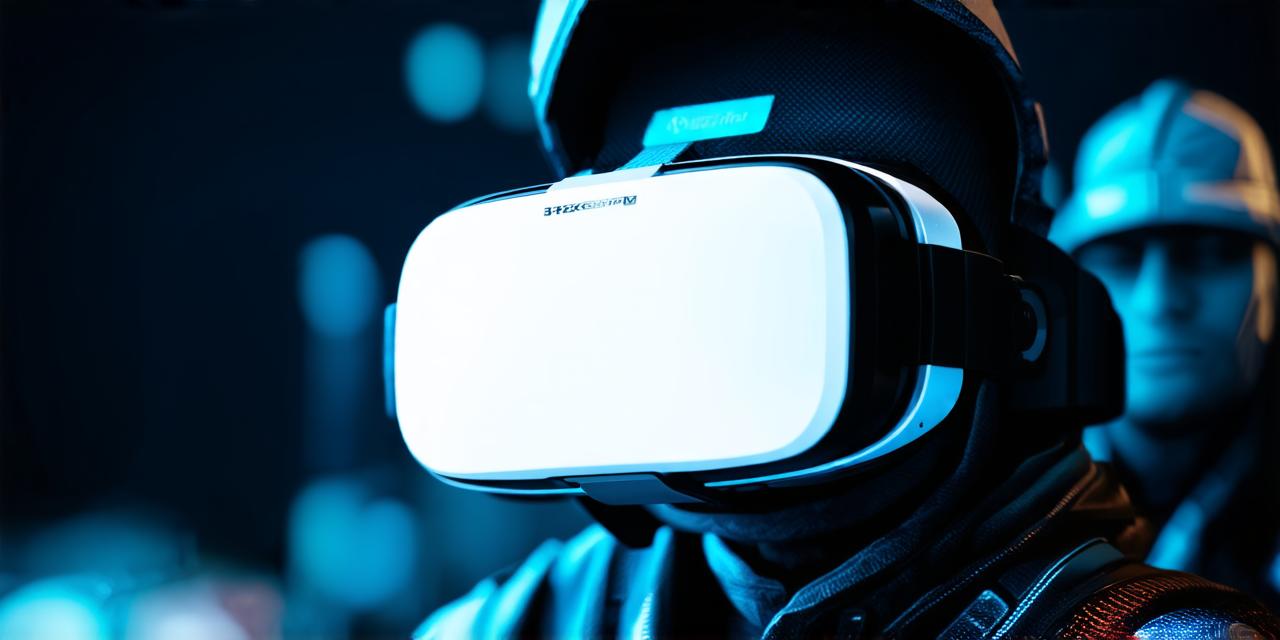Creating a virtual reality environment is an exciting and challenging task for virtual reality developers. In this guide, we will explore the steps required to create a virtual reality environment and provide tips on how to optimize your workflow for maximum efficiency and engagement.
1. Define Your Goals and Objectives
Before you begin creating a virtual reality environment, it’s important to define your goals and objectives. What do you want to achieve with this environment? Are you looking to create an immersive educational experience or a thrilling game? Understanding your goals will help guide your design process and ensure that your final product meets your expectations.
2. Choose Your Platform
There are several platforms available for creating virtual reality environments, including Unity, Unreal Engine, and A-Frame. Each platform has its own strengths and weaknesses, so it’s important to choose the one that best suits your needs. For example, if you’re looking for a beginner-friendly platform, A-Frame may be the way to go. On the other hand, if you need more advanced features and customization options, Unity or Unreal Engine may be a better choice.
3. Design Your Environment
Once you’ve chosen your platform and defined your goals, it’s time to start designing your environment. This involves creating 3D models of your environment, including buildings, furniture, and other objects. It’s important to pay attention to detail when designing your environment, as even small mistakes can have a big impact on the overall experience.
4. Create Interactive Elements
Interactive elements are an essential part of any virtual reality environment. These include buttons, switches, and other interactive objects that allow users to interact with the environment. When creating interactive elements, it’s important to make sure they’re intuitive and easy to use. Users should be able to figure out how to interact with an object without needing extensive instructions.
5. Optimize for Performance
Virtual reality environments can be resource-intensive, so it’s important to optimize your environment for performance. This includes reducing the number of polygons in your 3D models, using texture compression, and minimizing the use of particle effects. By optimizing your environment for performance, you can ensure that users have a smooth and enjoyable experience.
6. Test and Refine
Once your virtual reality environment is complete, it’s important to test and refine it. This involves testing the environment on different devices and platforms, as well as soliciting feedback from users. By testing and refining your environment, you can ensure that it meets the needs of your target audience and provides an optimal experience.
7. Launch and Promote
Once your virtual reality environment is ready to go, it’s time to launch it and promote it to your target audience. This includes creating a marketing plan, reaching out to influencers and journalists, and using social media to spread the word. By promoting your environment effectively, you can attract users and generate interest in your project.
Case Study: Creating a Virtual Reality Environment for an Escape Room
Let’s take a look at a real-life example of creating a virtual reality environment – a virtual escape room. In this case study, we’ll explore the steps required to create a virtual reality environment for an escape room and provide tips on how to optimize the workflow for maximum efficiency and engagement.
